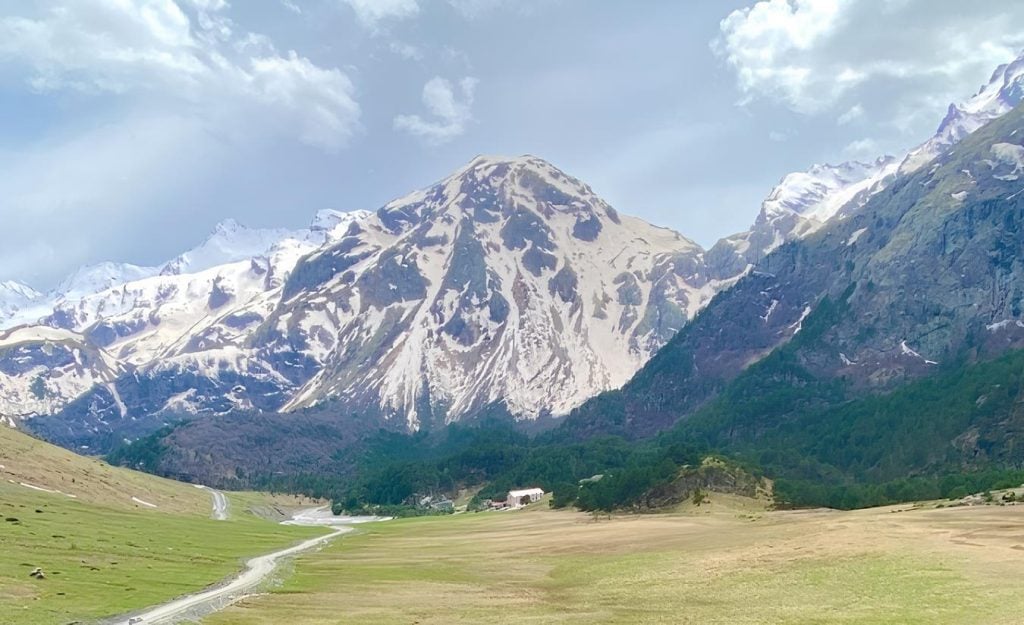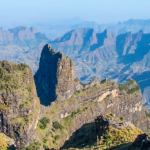Mount Dykh-Tau : A Hidden Gem of the Caucasus
Soaring at an elevation of 5,205 meters (17,077 ft), Dykh-Tau stands as the second-highest peak in Europe, nestled amidst the Yan Dağları Range of the Caucasus Mountains. Its imposing slopes, aptly named “Steep Mountain” in the Karachay-Balkar language, have captivated mountaineers since its first ascent in 1888 by Swiss climbers M. Conway and A.S. Crowley. Conquering this formidable peak demands expertise and resilience, as the 7-10 day journey to the summit is fraught with glaciers, vertical cliffs, and harsh weather conditions. Mount Dykhtau : A Hidden Gem of the Caucasus
However, the reward is unparalleled: breathtaking panoramas of the Caucasus Mountains, including Mount Elbrus, the Bezengi Glacier, and Ushba Dağı. Beyond its mountaineering allure, Dykhtau holds immense ecological significance, harboring a rich diversity of rare flora and fauna, including endangered Caucasian leopards, mountain goats, and eagles. This majestic peak serves as a beacon for adventurers, nature enthusiasts, and cultural explorers, drawn to its challenging ascent, stunning vistas, and vital role in the Caucasus’ unique ecosystem.
What does the name DykhTau Mountain mean?
DykhTau means “deep mountain” in Circassian.
How tall is Dykh-Tau Mountain?
Dykh-Tau Mountain stands at an approximate height of 5,204 meters (17,073 feet).
Where Is The Dykh-Tau Mountain?
It stands as the second-highest mountain in Europe and is nestled within the Kabardino-Balkaria Republic of Russia, approximately 5 kilometers north of the Georgian border.
How challenging is the climb to Dykh-Tau Mountain?
The climb to Dykh-Tau Mountain is quite challenging and requires technical mountaineering skills, making it suitable for experienced climbers.
Who were the first to climb Dykhtau Mountain?
The first ascent of Dykhtau Mountain was made in 1888 by Swiss mountaineers M. Conway and A.S. Crowley.
What is the most common route to reach Dykh-Tau Mountain?
The most common route to reach Dykh-Tau Mountain usually passes through the climbing route of Mount Elbrus.
What natural beauties surround Dykh-Tau Mountain?
The surroundings of Dykh-Tau Mountain feature forests, glacier regions, and stunning landscapes, among other natural beauties.
What are the best seasons for climbing Dykh-Tau Mountain?
The best seasons for climbing Dykh-Tau Mountain are typically the summer months, from May to September.
Mount Kazbek: The Legendary Peak of the Caucasus





